How to Fix Error 0xc000021a in Windows 8 and 10
The 0xc000021a error in Windows 8 and 10 causes a Blue Screen of Death (BSOD), stopping the computer and preventing it from starting normally. This error means there’s a major problem with parts of the system like WinLogon or CSRSS, leading Windows to shut down to keep the system safe. It usually happens because system files are damaged, often from incomplete updates or incompatible software.
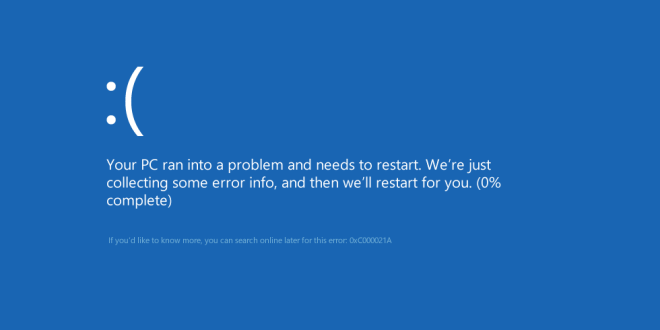
Other causes can be malware, hardware problems, or recent changes to the system affecting important processes.
In this article, we will discuss different ways to solve this error.
1. Repair Corrupt System Files
Corrupted system files can disrupt essential Windows functions. Fixing these files can restore system stability. Tools like System File Checker (SFC) and DISM can scan for and replace damaged files to resolve this issue.
- Open the Search menu, type Command Prompt, right-click it, and choose Run as Administrator.
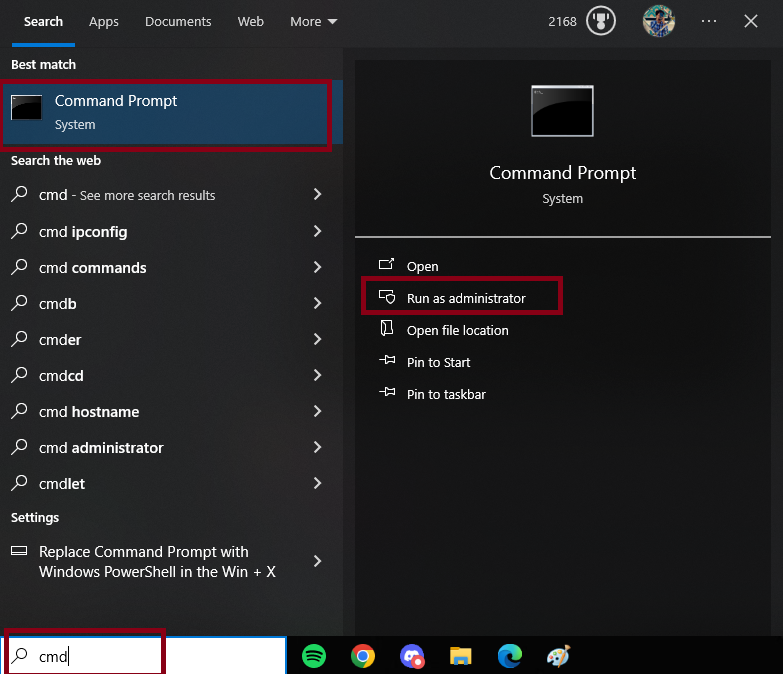
- In Command Prompt, enter:
sfc /scannow
Dism /Online /Cleanup-Image /RestoreHealth
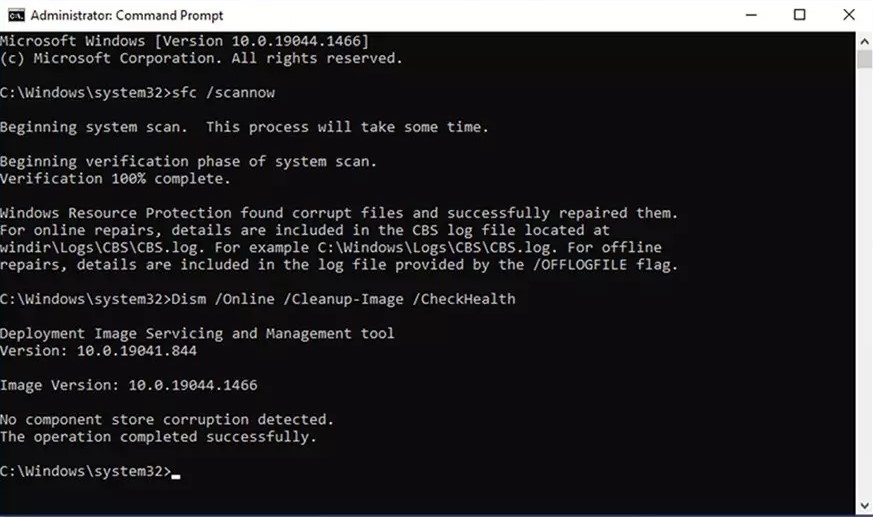
- Restart your PC after the scan finishes.
2. Boot Windows Manually
Manually starting Windows can help when the computer won’t boot properly. This can fix temporary problems with files or drivers and allows you to access the system for further troubleshooting.
- Restart the PC while holding Shift and clicking Restart. If you can’t do this, use a Windows bootable USB.
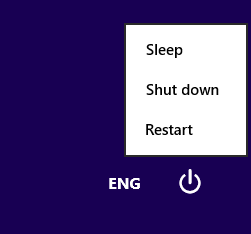
- Select Troubleshoot on the options screen to access advanced tools.
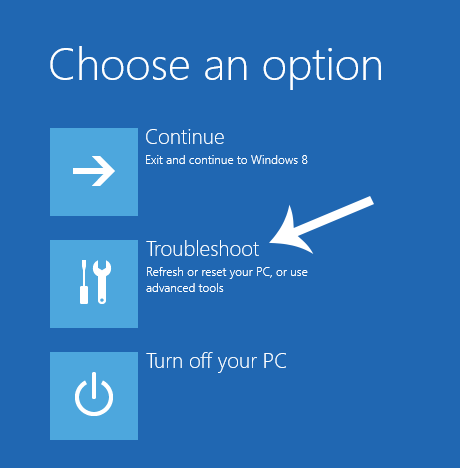
- Choose Advanced from the next screen.
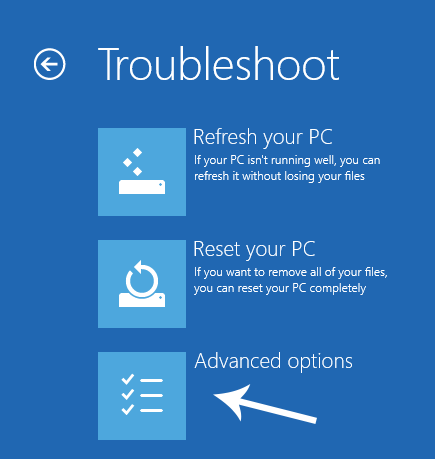
- Click on Startup Settings.

- Press F7 to select Disable driver signature enforcement.
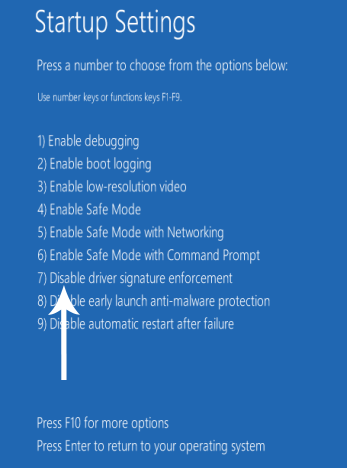
Your PC will restart with the selected option, allowing you to tweak your PC using different settings.
3. Reset the Computer’s BIOS
Incorrect or unstable BIOS settings can cause system problems. Resetting the BIOS to default settings can stabilize the system and fix conflicts that might be causing errors.
- Turn off the computer.
- Unplug all power cables.
- Open the computer case.
- Remove the CMOS battery from the motherboard.
- Wait for 1-2 minutes.
- Reinsert the battery.
- Close the computer case.
- Power on the computer and see if it starts Windows.
4. Replace Corrupt Registry Hive Files with Backups
Corrupted registry files can cause major system issues by disrupting important Windows processes. Using backups to replace these files restores key system settings and lets Windows boot properly. This helps remove file corruption as a problem and makes the system stable again.
- Insert the Windows installation disc or USB and restart the computer.
- Access the BIOS to set the installation media as the primary boot option. Instructions vary by model.
- Save and exit the BIOS.
- If prompted, press any key to boot from the installation media.
- Choose language, time, and keyboard layout, then click Next.
- Select Repair your computer at the bottom-left instead of installing.
You should now see Startup Options:
- Go to Troubleshoot > Advanced options.
- Open Command Prompt.
- Enter: c: and press Enter. Change c if Windows is on a different drive.
- Type: cd windows\system32\config and press Enter.
- Enter: dir and press Enter.
- Rename files with: ren filename filename.old
Example: ren SYSTEM SYSTEM.old
- After renaming, type cd RegBack and press Enter.
- Enter: dir and press Enter.
- Type each of these commands:
copy /Y SOFTWARE copy /Y SAM copy /Y SYSTEM
- Remove the installation media and restart the computer.





